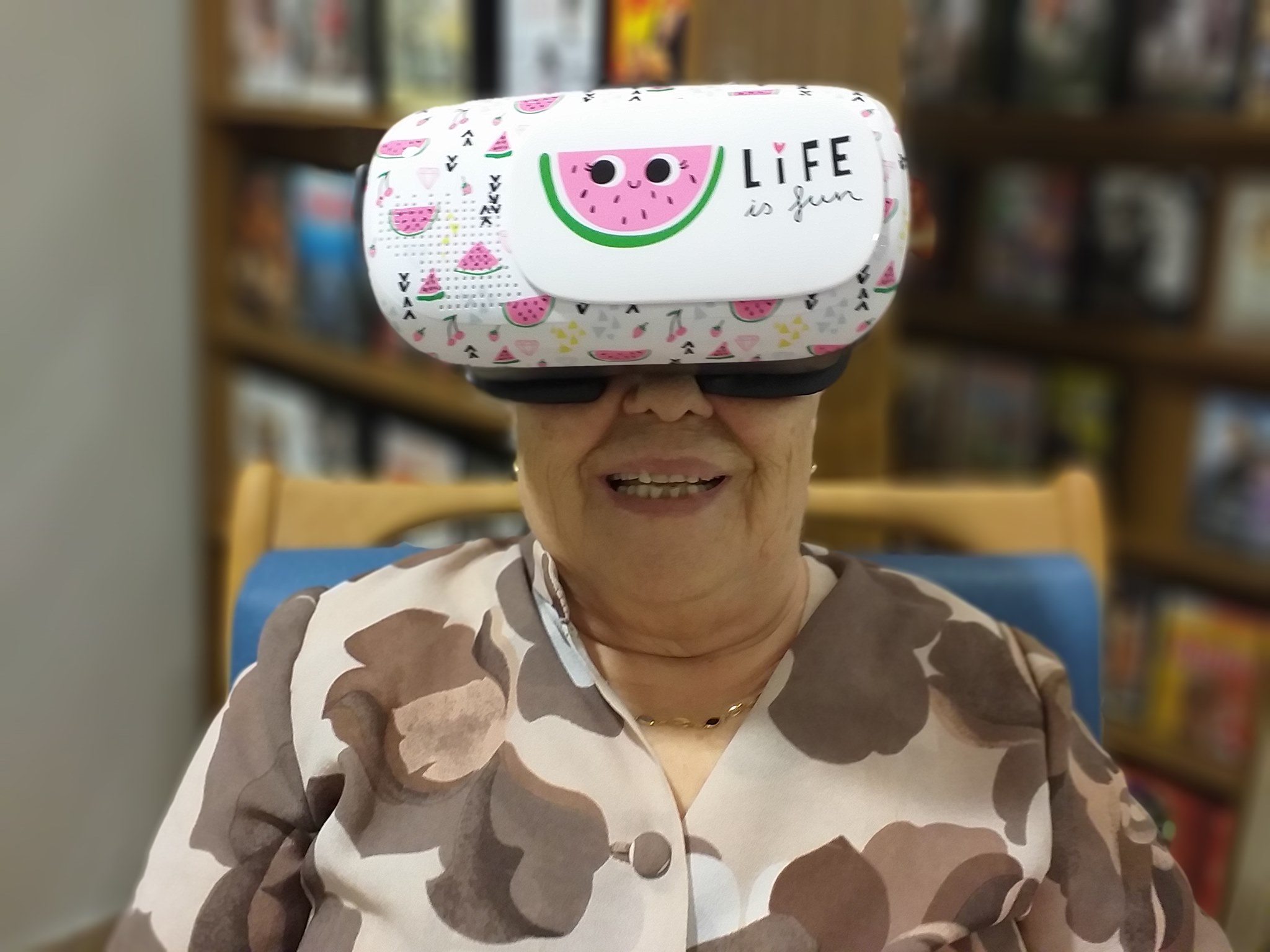Digital Art Therapy is a relatively new method of therapy and its materials are associated with all forms of technology-based devices, including digital illustrations, collage, movies, photography, music, dance, theatre, virtual reality, interactive games, and art therapy online. The purpose of all of them is to be used to help participants create art and express themselves creatively. Early art therapists began to identify media characteristics that affected the quality of the art therapy encounter and they identified ways that the use of art materials and media might help individuals, including orientation to reality, freedom of expression, sensory stimulation, opportunities for decision making, and experiences of mastery (Betensky, 1973; Wadeson, 1987).
Pioneering therapists first addressed the interface of art therapy and the computer in the 1980’s based to a large extent on research by Diane Weinberg (1985) which focused on the potential of art therapy through technology for individuals with physical limitations such as stroke, trauma, etc.
According to recent studies, and specifically an article published in the newspaper El País, technology can be a vital tool for maintaining people’s health. Through technological devices, it makes it possible to create easy and active individualized therapy sessions, allowing them to be globally connected and giving participants more opportunities to socialize.
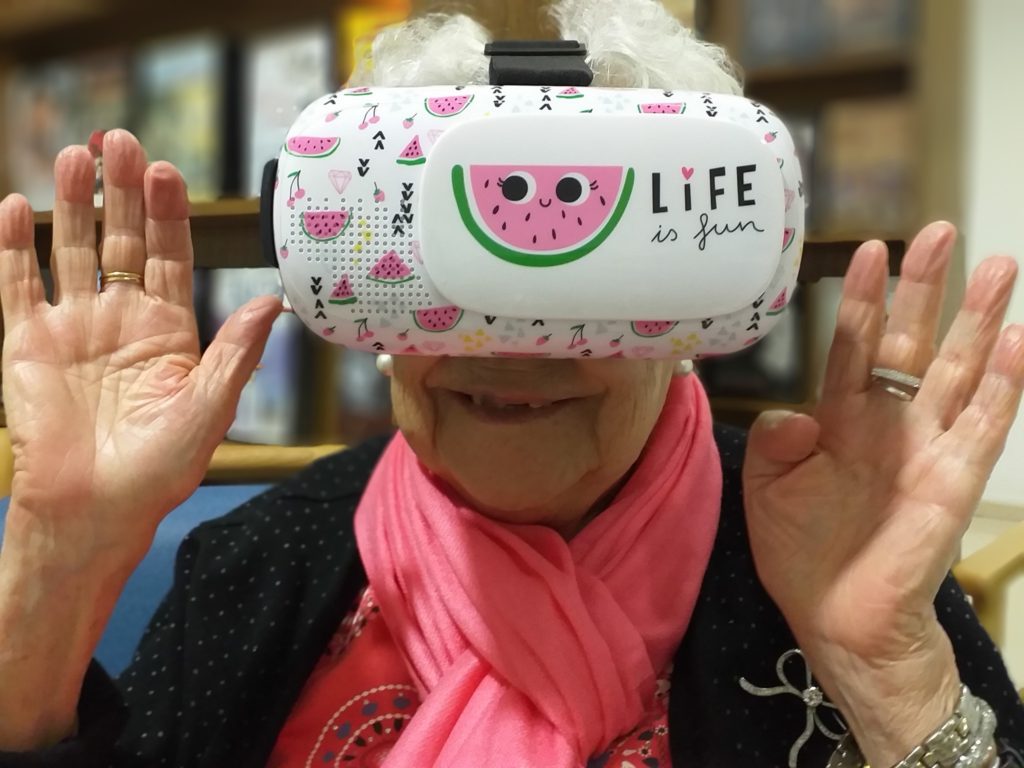
Furthermore, Digital Art Therapy workshops are ‘friends’ of the environment, since in their activities there are no expenses of materials and raw materials such as occurs in conventional therapies, thus helping the planet in a conscious way.
In California, for example, it was published in The Sun Gazette that the city of Sacramento has adopted new art standards for the ‘creative economy’, once considered an afterthought in education and other professional areas.
According to Malchiodi (2011), Digital Art Therapy deals with creative interventions that use keyboards, computer/tablet screens or other technological devices for taking images in the context of the treatment/editing of something that may somehow way to represent a lot for the participant in therapy.
Both those devices that serve to generate, modify and/or manipulate electronic images and methods, as well as those of electronic processing (computers, tablets, mobile phones) destined to photocopy, film, make sound recordings, video and photography, have their usefulness and sense in the context of digital therapy.
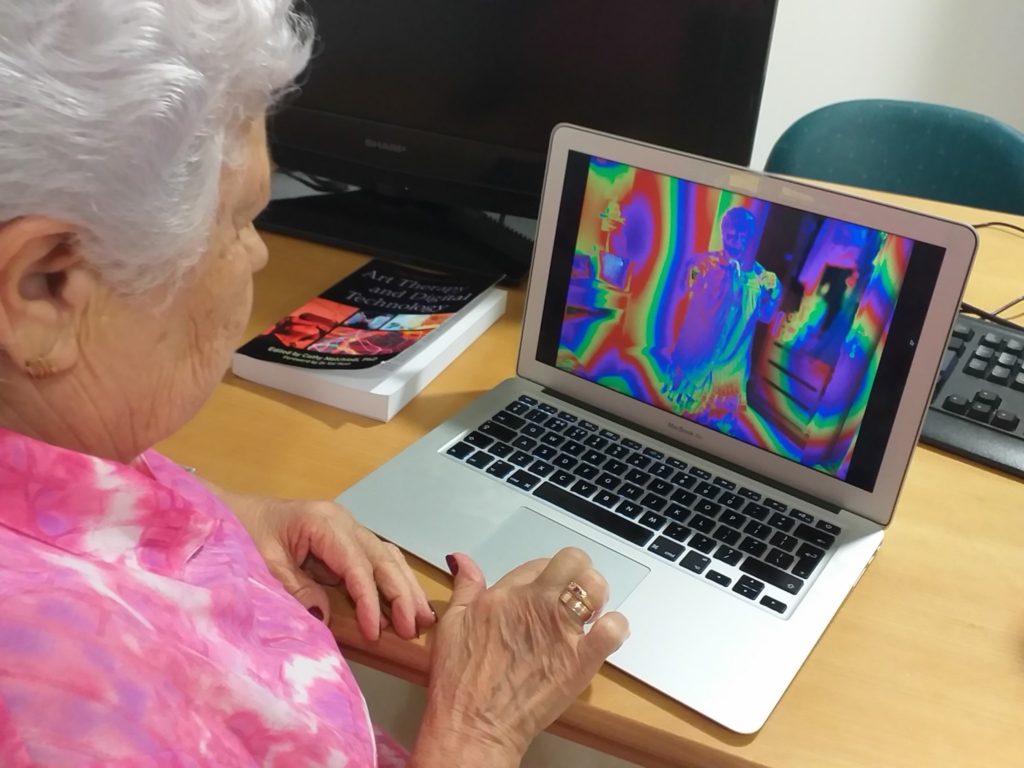
What is Digital Art Therapy?
Digital Art Therapy consists of the use of the following tools:
- applications (apps) and software for editing movies,
- videos,
- animation (Stop Motion),
- virtual reality,
- gaming,
- visual art on tablets (touchscreen),
- games on PlayStation,
- painting and digital drawing,
- narration of stories and tales (Narrative Therapy and Storytelling),
- light painting,
- virtual 3D museums,
- multisensory activities,
- virtual therapies (Tele-health)
All of these can be used to help participants to communicate and express their emotions and feelings.
Digital Art Therapy also includes interaction with social networks (Live Chat and other social media), which is currently an area of some importance for some people, and is often a way of understanding them. By using expressive digital techniques, a Dialogue with the Art Therapist via this digital communication can identify emotional problems and facilitates the knowledge of proper artistic practice through interactive interfaces that can help overcome the imbalances or concerns of the participants.
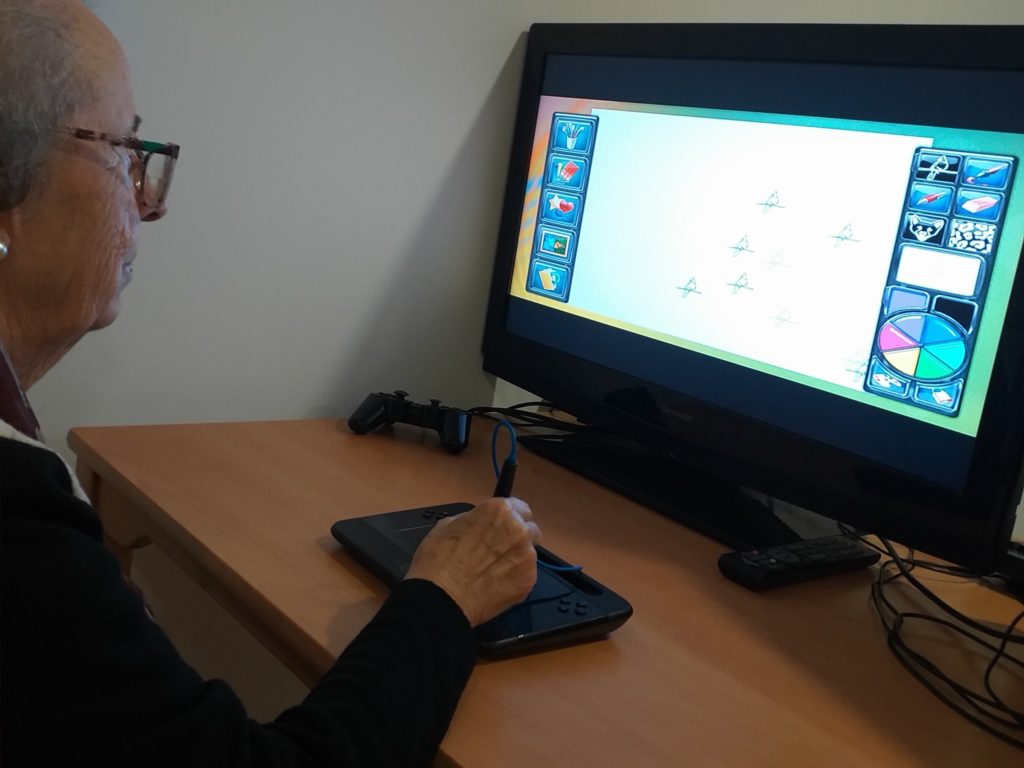
The availability of digital technology and the media has exponentially expanded people’s capacities for creative expression, communication, and socialization. Inclusivity of individual’s needs, particularly people with disabilities, illness, or physical limitations that limit their involvement in traditional therapy, have guided digital expressive art in exploring technology as a medium for self-expression and using alternatives ways of engaging with materials.
Digital Art Therapy can also be used to reduce isolation by expanding an individual’s world when they are not able to leave their room, for example. The technology allows these people to connect with others, participate in events that they could not attend in person and so on, making this an important element in maintaining wellness during a hospital stay or home care living.
In some cases, hospitals and home cares banned the introduction of external products into their rooms, because of the risk of carrying germs. In these cases, using traditional art supplies to create art is not allowed, so substituting it for a digital device is a great alternative.
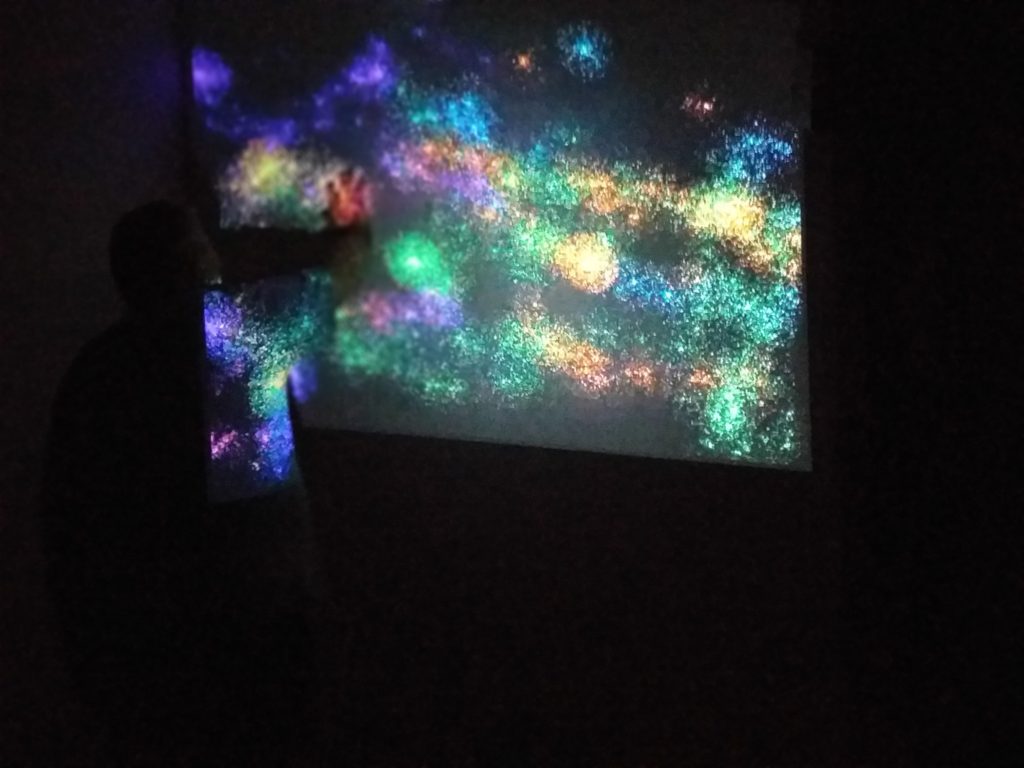
Another great advantage of Digital Art Therapy is the ability to allow access for physically challenged participants. Just pressing a touch-screen with a little finger can create bold and expansive images, allowing the participants to find a new meaning in their work, which then empowers them to share that wisdom with others, as well as encouraging themselves.
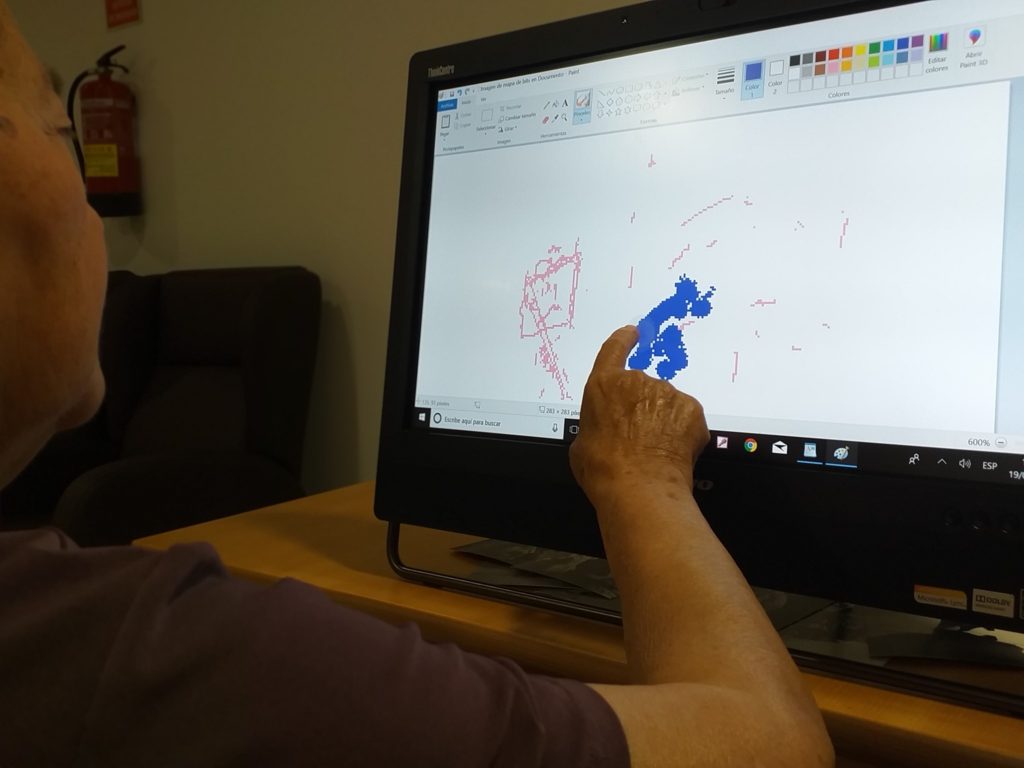
The art world has also joined this trend and is incorporating digital technology as an important part of creating virtual images and exhibitions. Contemporary artists are currently introducing virtual reality – VR, robotics, artificial intelligence and other methods of digital image manipulation – into their works, integrating technologies that have a great influence on society and culture (Cathy Malchiodi, 2018).
In this way, therapists from various parts of the world have been applying Digital Art Therapy to meet therapeutic objectives, improving self-expression and communication of the participants.
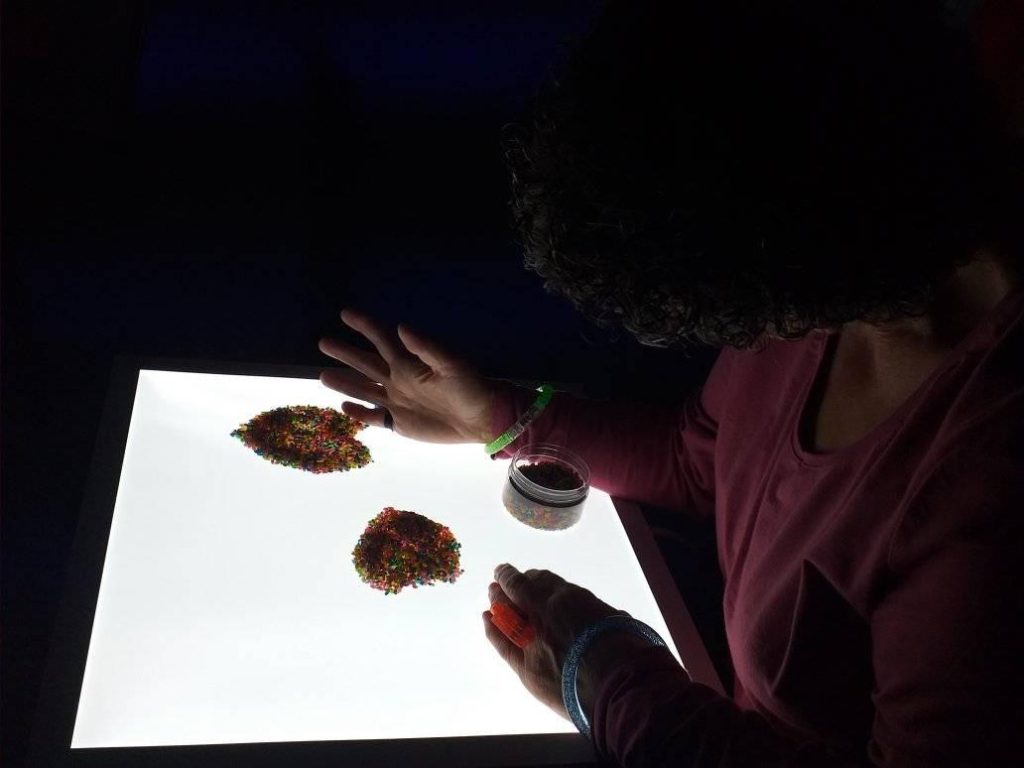
Digital Art Therapy has its unique way of interacting and transmitting creative energies by discovering the vibrant colours effects, the flashes of the lights, the movement of the neon, the sound and art that is possible to create by touch. This medium has an amazing ability to show introduce life-changing and potent energetic forces into expressive art.
Which kind of techniques can we use in Digital Art Therapy?
Digital Art Therapy therapies focus on digitized art (visual art), virtual music therapy, dance therapy (video-dance), augmented virtual reality, interactive games (Play-Therapy), Light Painting, phototherapy, narrative therapy (Storytelling), multisensory activities with fiber-optics, neon toys or other electronic gadgets and tele-therapies via virtual platforms with end-to-end encryption. All of these also helps participants to be included in this Digital Era.
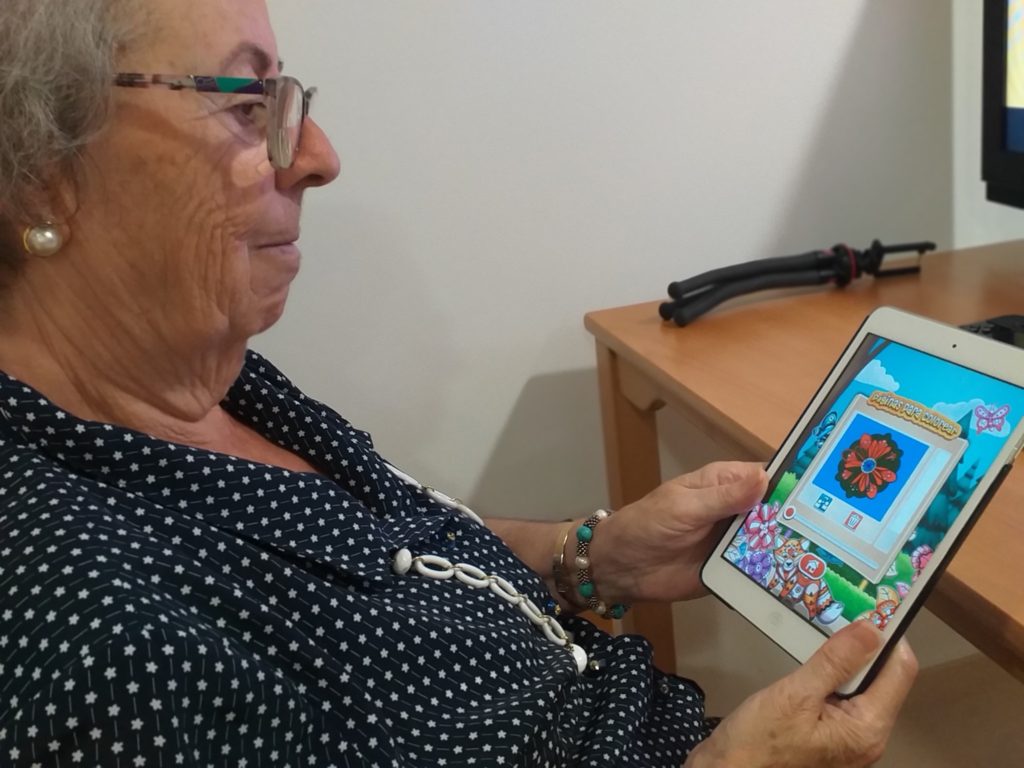
Through expressive art workshops with Digital Art Therapy it is possible to use different artistic fields through digital devices that are applied in therapeutic places or sessions. These can help to develop cognitive, physical and/or psychiatric functions and provide a positive alternative in the treatment of an individual. Digital Art Therapy can encourage the individual’s talents and benefits not only the person who is participating in the therapy, but their environment in general, creating an alternate dialogue and framework with what in the past we believed to be only scientific spaces.
‘’Expressive art can be defined as a natural and spontaneous expression that helps to develop the personal and interpersonal communication of the individual. Digital Art Therapy is a new creativity intervention to understand or evaluate the feelings and perceptions of the person’s internal world, facilitating communication between that internal world and the external world.’’ I can confirm this from my own practical experience, having spent more than 600 hours working with Digital Art Therapy in Spain.
Using Digital Art Therapy techniques the therapeutic interventions are introduced to a safe process of creating art. Metaphors that arise throughout the progression of the collective expressions by the group using such creative techniques can be more powerful than an individual working alone in some cases of Dementia or other brain disorders. Self-esteem and confidence are the most commonly cited benefits by participants in community-based arts activity, with particular significance in the alleviation of mental health issues (Matarasso, 1997).
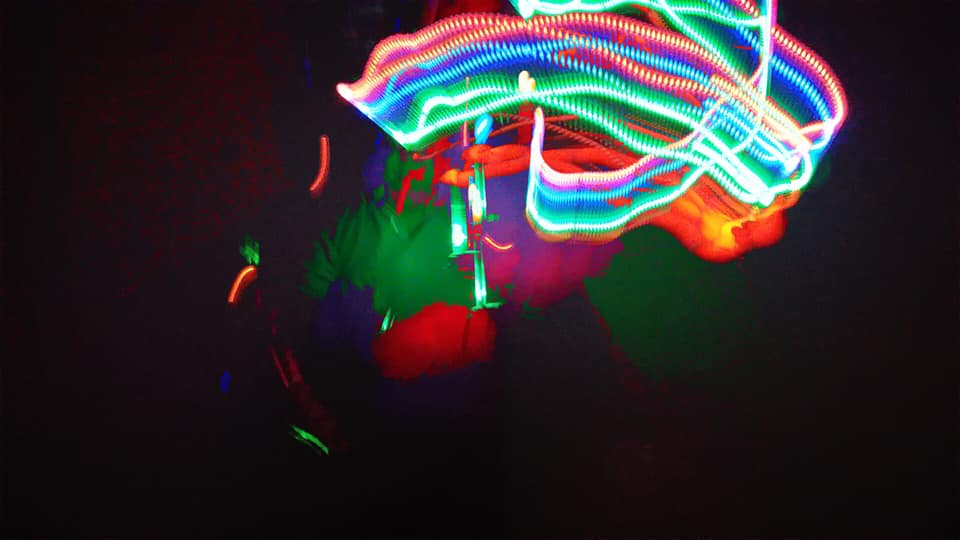
Electronic devices used: Digital Collage on professional Softwares, Electronic systems for Dance-Therapy and Music-Therapy (Wii/PlayStation), Drawing and Digital Art (Stylus/Wacom), Mobile Photo Effects Applications, Virtual Reality – VR and augmented games, Platforms of Live Chat (tele-health), Wall, Floors and Interactive Tables, Light Box for cognitive activities and multisensory rooms with LED lights and fibre optics gadgets, Professional Digital Camera for filmmaking – narrative creation sessions (Storytelling/Stop Motion) or Phototherapy, Light Painting Kit (laser pens and neon accessories) and other sensorimotor stimulation tools for participants who have limited abilities and/or functional diversity.
I strongly recommend this book (photo below) by Cathy Malchiodi where she addresses many important points about Art Therapy and Digital Technology and all the authors who wrote every single chapter who share their amazing experiences about Digital Art Therapy.
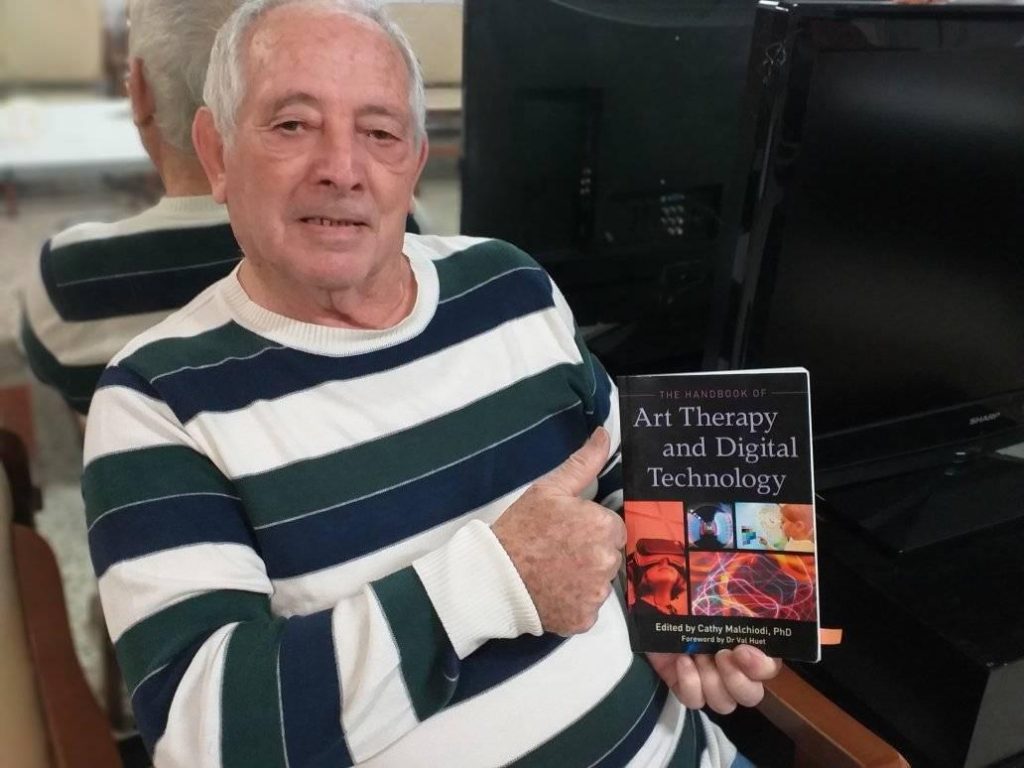
How do the therapeutic interventions in Digital Art Therapy work?
Through expressive art sessions, it is possible to explore innovative therapeutic uses of digital technologies, using many different techniques. Some methods include the use of online games (Play-Therapy), virtual worlds (glasses – VR), 3D virtual museums, interactive wall, floors and table, visual art and filmmaking with neon lights and optical fibers, digital drawings and paintings, music therapy and dance therapy with acoustic sounds using virtual videos, and exploring the Internet (social networking and social media) by tablets or computers to assist with the social inclusion of the participants in the Digital Age.
In Digital Art Therapy workshops, it is possible to promote the stimulation of cognitive functions, such as memory, imagination and creativity. These workshops also help with concentration, self-esteem, autonomy and by the use of creativity participants are offered an opportunity to facilitate their communication and language skills through digital art. Many people simply feel more comfortable responding and communicating in writing, especially when building the early relationship with a therapist; this can have therapeutic benefits in itself (Sude, 2013).
Therapeutic interventions are very useful for helping to increase the self-esteem of the participants, through creativity, motivating them and acquiring a commitment to participation, and allowing them to express their emotions and feelings. Furthermore, expressive art facilitates social interaction between the participants and offers a space full of possibilities to make friends and get to know other people suffering from the same illness. When individuals receive a diagnosis of their diseases/disorder for the first time, they can get support from the other members of the group helping to face this new situation.
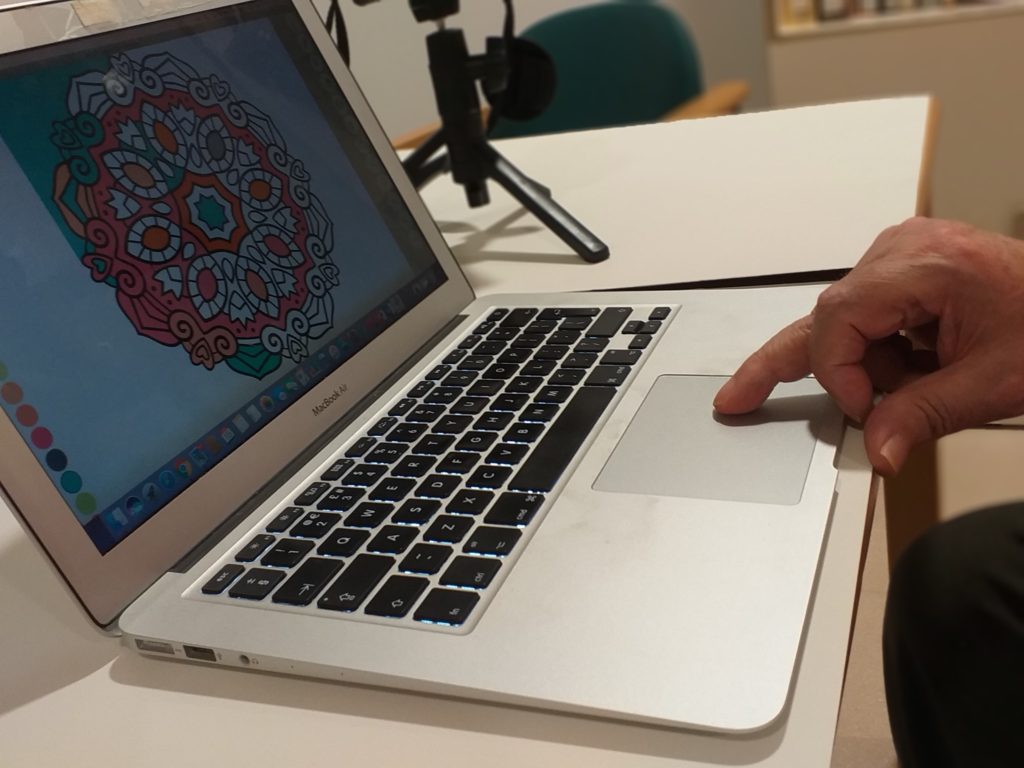
The interventions of expressive art through Digital Art Therapy promote the cognitive development of adults and seniors diagnosed with Dementia, Parkinson and other mental health disorders, and this can greatly improve their quality of life. When they receive correct treatment for their problems in each of the different multifunctional areas, various achievements are possible: the delay or slowdown of the deterioration of their disease; a decrease in physical problems; a greater development of intellectual capacities, as well as an improvement in relationships with people with similar problems. Creative interventions have meant an important reinforcement at the socio-family level, since it has increased their satisfaction by being able to share their experiences with other people in their environment (family, caregivers, friends, neighbours etc).
In the same way, the creative interventions have offered new forms of communication, allowing a greater understanding of their peers through the expression of shared feelings, emotions and experiences.
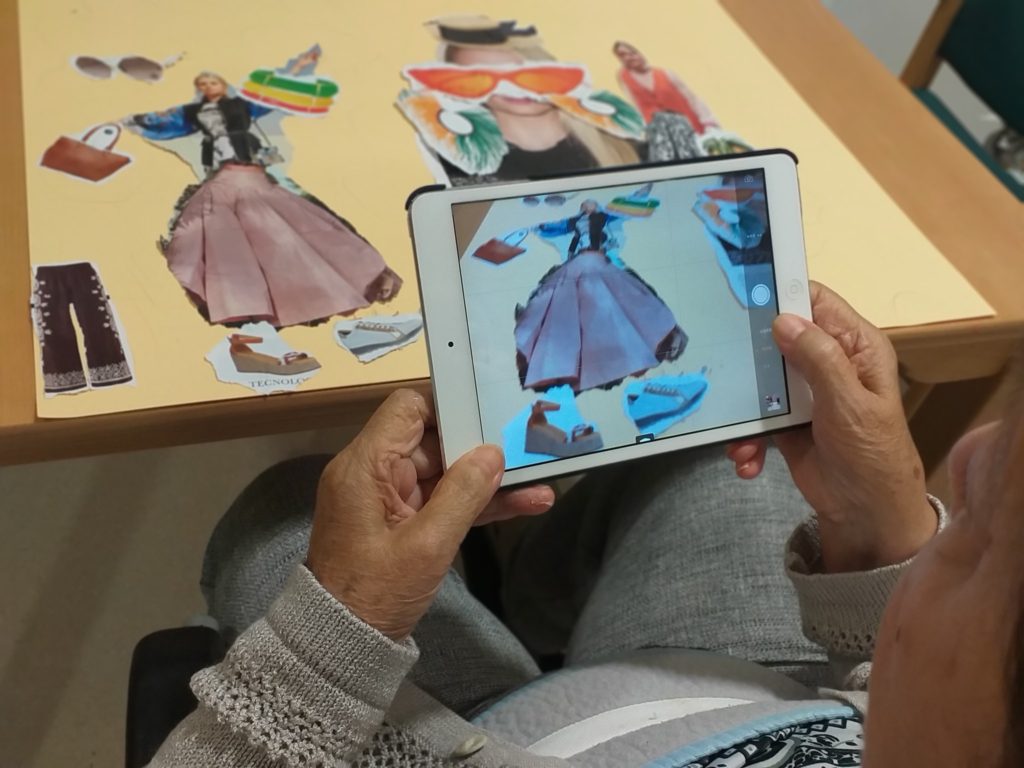
Which fields and areas can Digital Art Therapy be applied to?
Digital Art Therapy is applied in the treatment and prevention of bodily, psychosomatic and psychic illnesses.
It can be offered to people of all ages with cognitive problems and other mental health disorders, both chronic and acute.
Expressive Art through Digital Art Therapy is generally used in institutions such as hospitals, geriatric clinics, social integration associations and/or by tele-therapy (Art Therapy Online), individually or in groups. Sessions always follow a creative process designed by a professional therapist or a health care worker specializing in Digital Technology for Health Care.
Other ideas of creative intervention for groups and individuals sections of Digital Art Therapy:
Sources:
- Cathy Malchiodi, The handbook of Art Therapy and Digital Technology. (2018)
- Cathy Malchiodi, Art Therapy & Computer Techology – a virtual studio of possibilities (2000)
- Cathy Malchiodi, Expressive Therapies (2013)
- Cathy Malchiodi, Art Therapy and Heath Care (2012)
- El País, La tecnología es clave para la salud de personas mayores – website. (2019)
- Erin Partridge, Art Therapy with older adults – Connected and Empowered. (2019)
- Marian Liebmann, Art Therapy for Groups – A handbook of themes, games and exercises. (1986)
- Susan I. Buchalter, Art Therapy and creative coping techniques for older adults. (2011)
- Suzanne Darley and Wende Health – The Expressive Arts Activity Book. (2008)
- The Sun Gazette, California adopts new art standards for ‘creative economy’. (2019)

